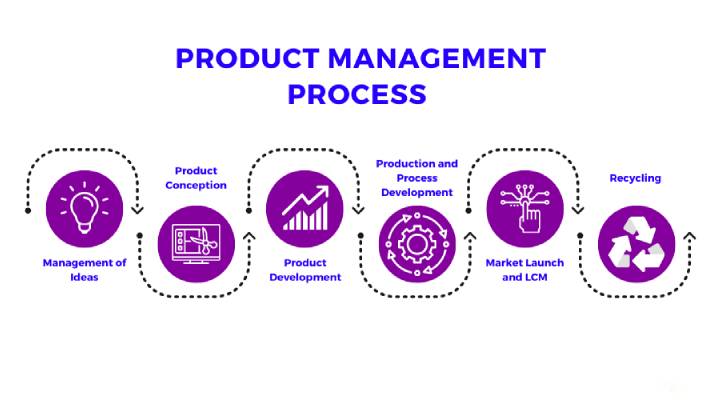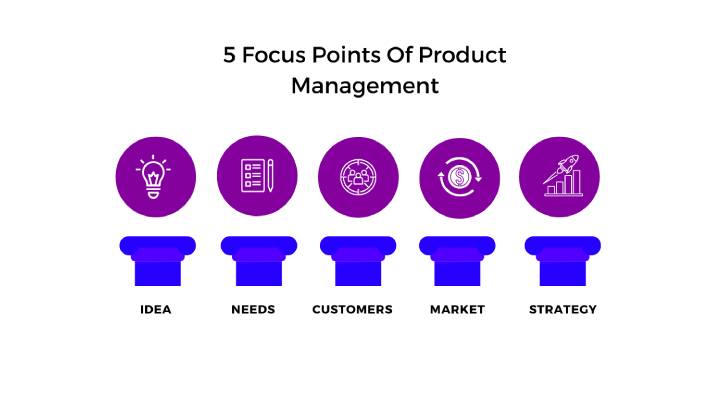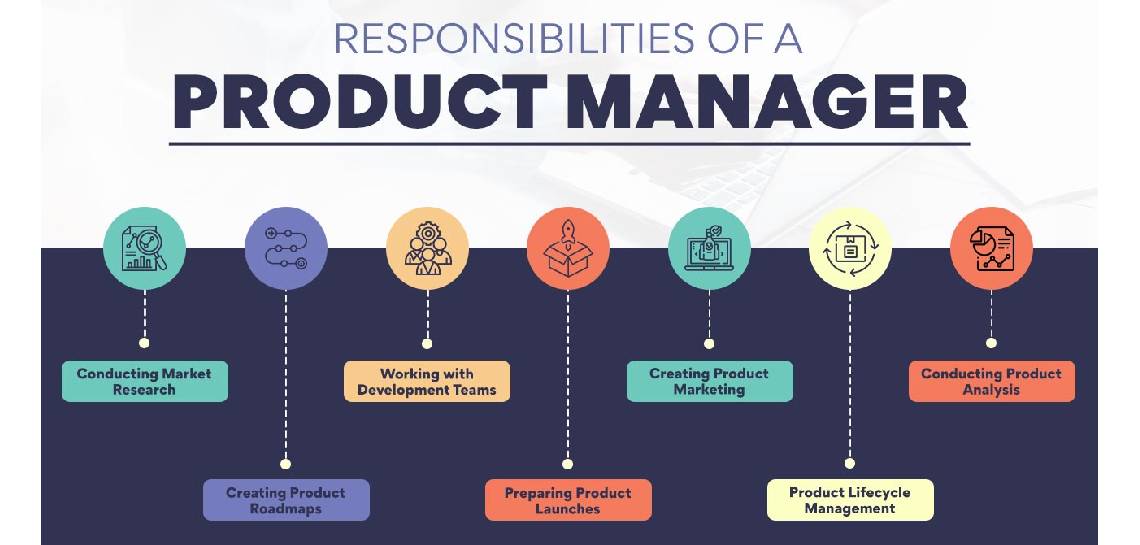Product Management Write For Us
Product Management Writes For Us- Marketing, sales, development service: their combined efforts ensure the success of a product. So that chaos does not break out with so many participants, you need someone in charge which holds the reins in hand. Here, you can determine what meant by-product management and what tasks a product manager has to perform.
What is Product Management?

Therefore, the product management will have to assume planning, controlling, and optimizing all products and services of one undertaking from conception to market. However, in short: a product manager should ensure the success of the products. To do this, he analyzes customer needs, creates product ideas, and continuously optimizes finished products.
Why is Product Management Functional?
However, the US consumer goods giant Procter & Gamble learned in 1927 how crucial product management confidently anchored in the company. This year the company launched a care range called “Camay,” which surprisingly flopped. Sales expectations and market share targets missed. Therefore, the resulting analysis revealed the reasons: Internal conflicts, silo thinking in the departments, missing priorities and coordination of tasks, and the lack of customer requirements had doomed the product to failure from the start.
Consequently, a manager who coordinated all product-related processes and questions (internal and external) quickly led to the desired success. Therefore, product management was born.
Product management still sees itself in this tradition today. Therefore, acts as an interface between marketing, sales, and product development. However, the exact positioning can vary depending on the industry and company:
If product management sets particularly close to marketing, its core task is to market the product and market analyses.
About sales, product management partially takes on the reporting and also, develops product brochures, or trains the service department. However, development held in terms of technological advancement and implementation of valuable tools.
What is Product Management doing?

Even if the respective focus of the task areas can be very individual, product management comprises three core tasks:
1) Product analysis
Therefore, as part of the product analysis, the existing products and the market and competing products glanced.
About your product, different facets can remain considered:
Product components
Materials used some individual parts, weight, size, etc.
Product features
How does the product feel?
Is it easy to hold?
And also, is the design appealing?
Product benefits
What additional benefits does the product offer compared to competitors?
What is its Unique Selling Proposition (USP)?
Product portfolio
How vast (number of product groups) and deep (number of variants of an article) is the product portfolio on offer?
2) Product concept
However, in the next phase, the information obtained through the product analysis must stay used to generate a new product idea. Findings of
- the market,
- the target audience and
- And also, the competition.
At this point, the actual product development takes place. The product concept itself includes the following aspects:
Product structure
What are the components of the product?
Product structure
Which raw materials recycled in the product?
Product features
What does the product do?
Possible variants / different versions of the product
In addition, “softer” product properties such as design and packaging must also stay specified.
At the end of the product concept, there should be a so-called “product roadmap,” which, as a visual timetable, combines the product vision with concrete steps for implementation.
3) Product optimization
The responsibility of product management does not end when the product is ready for the market. Because even if the finished product is already there, companies often want to protect themselves before they dare to launch it on the market.
That is why user testing regularly secondhand at this point. And also, test users receive prototypes of the product to test the application. In this way, it is exceptionally lifelike to determine whether the product fulfills the desired function, whether the design is appealing or whether there are hurdles in use that no one had foreseen.
If it turns out that there is still room for improvement, the product must remain modified accordingly. But even after the product has to stay launched on the market, the product’s success should, of course, be consistently monitored. Therefore, if it falls short of expectations, the process starts all over with a new product analysis:
How to Submit Your Articles?
To submit guest posts, please study through the guidelines mentioned below. You can contact us finished the website contact form or at contact@marketing2business.com
Why Write for Marketing2Business – Product Management Writes For Us

- If you write to us, your business is targeted, and the consumer can read your article; you can have huge exposure.
- This will help in building relationships with your beleaguered audience.
- If you write for us, the obvious of your brand and contain worldly.
- Our presence is also on social media, and we share your article on social channels.
- You container link back to your website in the article, which stocks SEO value with your website.
Search Terms Related to Product Management Write for Us.
- Product vision
- Product strategy
- Product roadmap
- Product requirements document (PRD)
- Minimum viable product (MVP)
- User experience (UX)
- User interface (UI)
- Customer journey
- Value proposition
- Competitive analysis
- Market research
- User feedback
- A/B testing
- Product metrics
- Key performance indicators (KPIs)
- Product launch
- Go-to-market (GTM) strategy
- Product lifecycle management (PLM)
- Product analytics
- Product discovery
Search Terms for Write For Us
- Product Management Write for us
- Guest Post Product Management
- Contribute Product Management
- Product Management Submit post
- Submit an article on Product Management
- Become a guest blogger at Product Management
- Product Management writers wanted
- Suggest a post on Product Management
- Product Management guest author
Article Guidelines on Marketing2Business – Product Management Write For Us
- The author cannot be republished their guest post content on any other website.
- Your article or post should be unique, not copied or published anywhere on another website.
- The author cannot be republished their guest post content on any other website.
- You cannot add any affiliates code, advertisements, or referral links are not allowed to add into articles.
- High-quality articles will be published, and poor-quality papers will be rejected.
- An article must be more than 350 words.
- You can send your article to contact@marketing2business.com
Related pages
Cryptocurrency Write for Us
Customer Support & Services Write For Us
DOGE Write For Us,
Direct Marketing Write For Us
DevOps Write For Us
Digital Marketing Write For Us
Economic Development Write For Us
Equity Write For Us
Drip Marketing Write For Us
Ethereum Write For Us
Entrepreneur Write For Us
Email Marketing Write For Us
Marketing Automation Write For Us
Magento Write For Us
Law Write For Us
Business Growth Write For Us
LAN Write For Us
Jewelry Write for Us
ISDN Write For Us
Investment Write For Us
Infographics Write For Us
Influencer Marketing Write For Us
Industry Write For Us
Human Resources Write For Us
Finance Write For Us
Paid Marketing Write For Us
Personal Finance Write For Us
Packaging Write For Us


